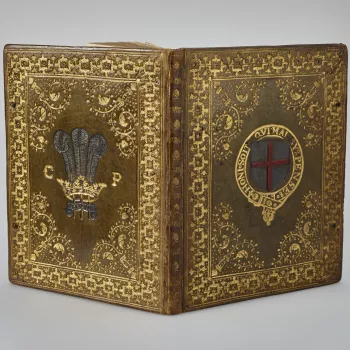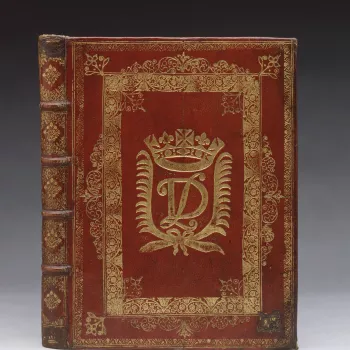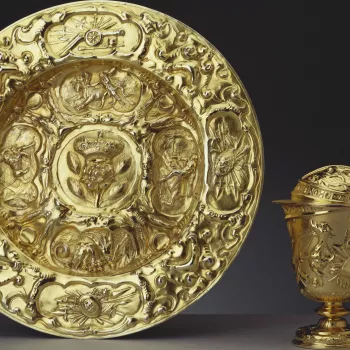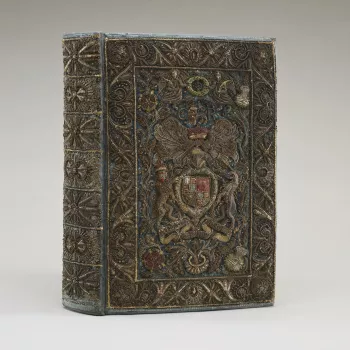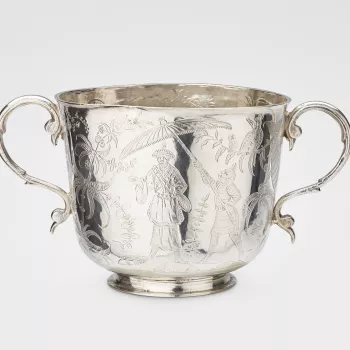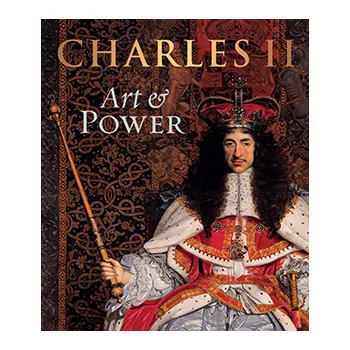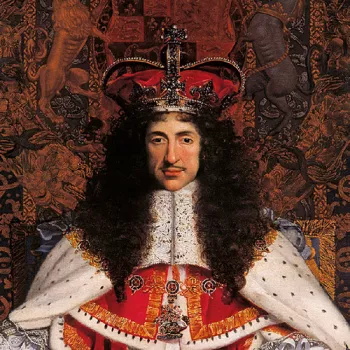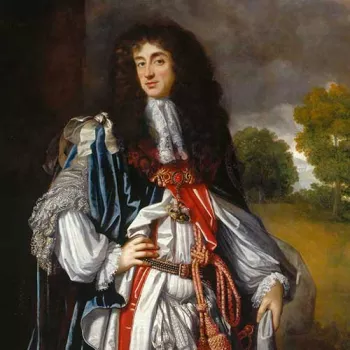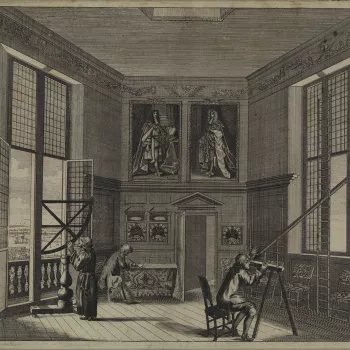- This event is in the past
Daily (Friday 8 Dec 2017 - Saturday 12 May 2018)
After over a decade of austere Cromwellian rule, the restoration of the monarchy in 1660 led to a resurgence of the arts in England. The court of Charles II became the centre for the patronage of leading artists and the collecting of great works of art, which served not only as decoration for the royal apartments but also as a means of glorifying the restored monarchy and reinforcing the position of Charles II as the rightful king.
From John Michael Wright's monumental portrait of Charles II in his coronation robes and a glittering silver-gilt plate which adorned the high-altar of Westminster Abbey during the King's coronation, to old master paintings, tapestries and spectacular silver-gilt furniture, the exhibition shows the rich material world of Charles II's court and the role of the arts in the re-establishment of the Stuart monarchy.





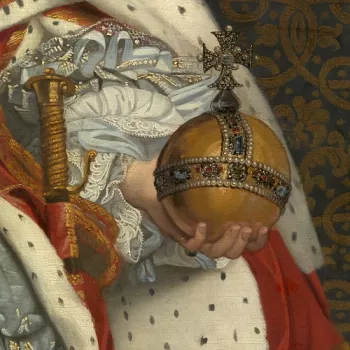
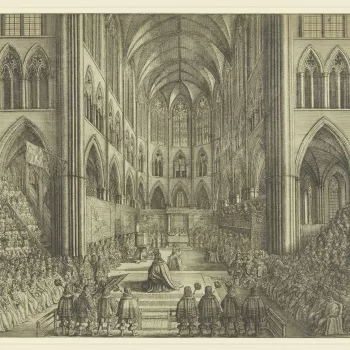
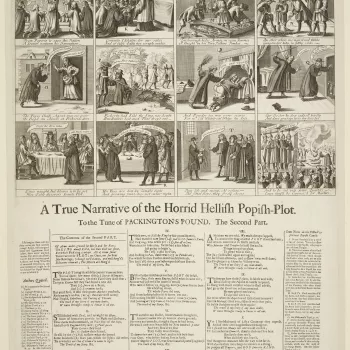
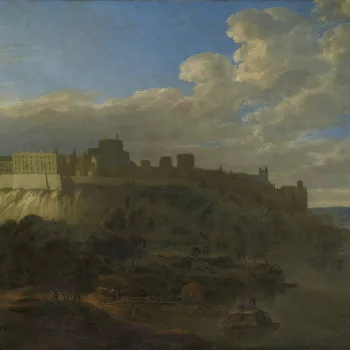
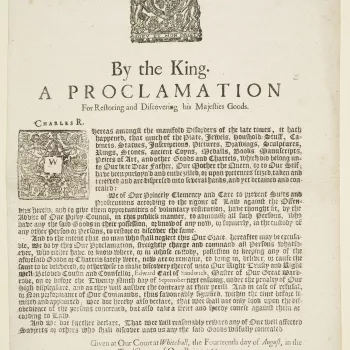
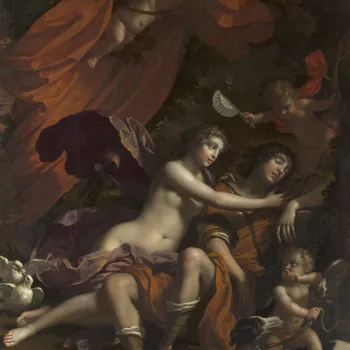
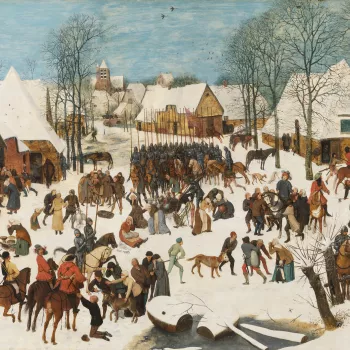
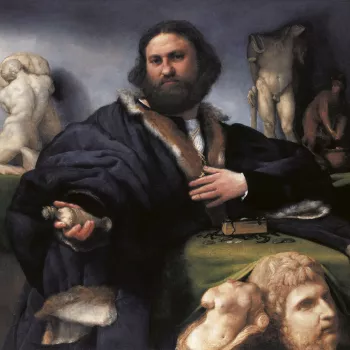
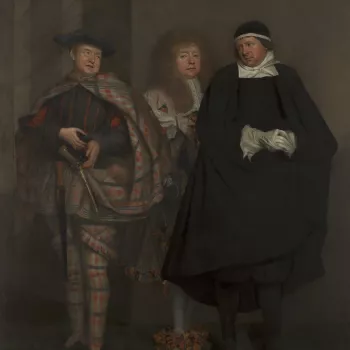
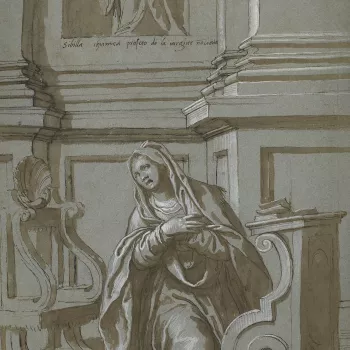
![Playes [] set of plays bound together.](https://cmsadmin.rct.uk/sites/default/files/styles/rctr_scale_crop_350_350/public/684683-1495704794.jpg.webp?itok=3kmWuOr-)
